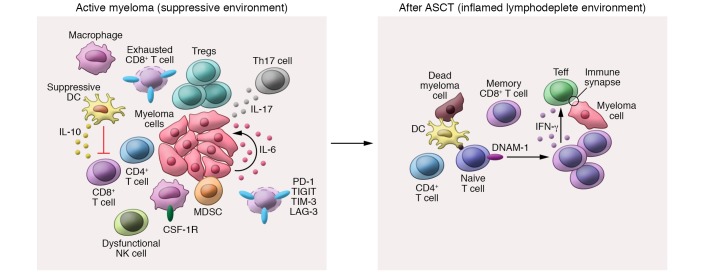Figure 3. Induction of a favorable immunological environment after ASCT.
Active myeloma is associated with an immunosuppressive bone marrow (BM) microenvironment that is characterized by an expansion of suppressive dendritic cells (DCs), myeloid-derived suppressor cells (MDSCs), CSF-1R–expressing macrophages, regulatory T cells (Tregs), and exhausted CD8+ T cells. T cell exhaustion occurs in response to chronic antigen exposure and IL-10 derived from suppressive DCs. Furthermore, myeloma cell growth is supported by IL-17A from Th17 cells and paracrine IL-6 production. After ASCT, a lymphodepleted and inflammatory environment is created that promotes myeloma-specific memory T cell expansion and the priming of naive T cells by functional dendritic cells. Myeloma-specific CD8+ effector T cells (Teff) mediate IFN-γ–dependent myeloma-specific immunity in the context of CD4+ T cell help.

